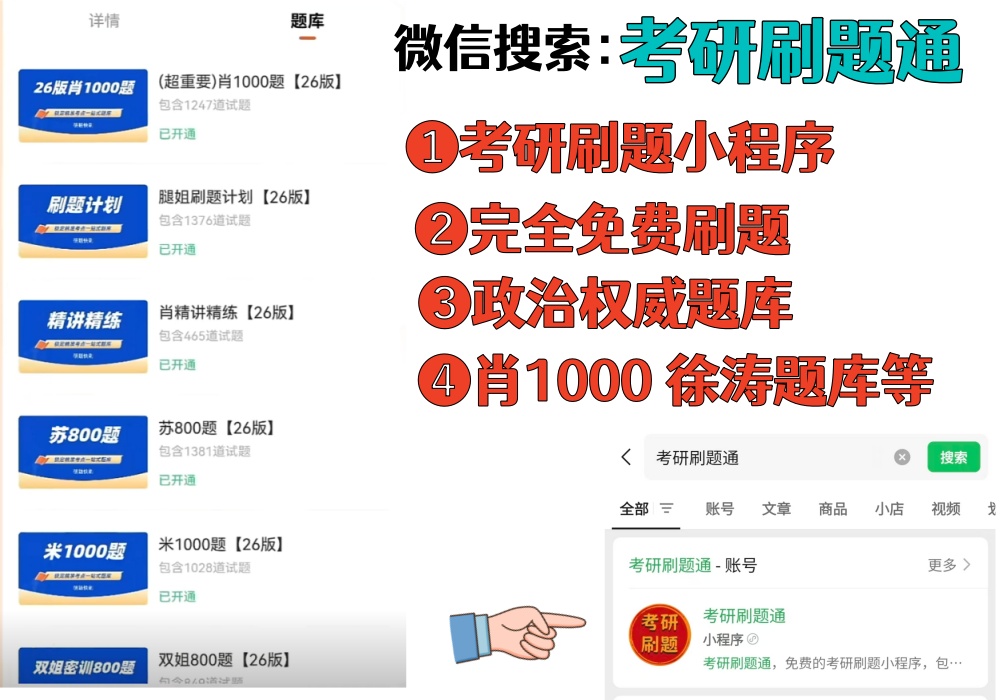Mastering the 2022 English II Postgraduate Entrance Exam Answer Key: A Comprehensive Guide
The 2022 English II postgraduate entrance exam was a challenging test for many candidates, and understanding the answer key is crucial for analyzing performance and improving future study strategies. This guide provides detailed insights into common questions and their solutions, helping students grasp key concepts and avoid common pitfalls. Whether you're reviewing your own answers or preparing for next year, this resource offers practical advice to enhance your exam preparation.
Key Takeaways for the 2022 Exam
Studying the 2022 English II answer key can reveal patterns in question types and scoring trends. Below are some frequently asked questions with in-depth explanations to help you understand the exam better.
Question 1: How Were Reading Comprehension Questions Scored?
In the 2022 exam, reading comprehension questions were designed to test critical thinking and vocabulary skills. Many candidates struggled with questions that required inferential reasoning rather than direct recall. The answer key highlighted that the majority of incorrect answers stemmed from misinterpreting context or overlooking subtle clues in the passage. For example, a question about a scientist's methodology might seem straightforward but required careful attention to how evidence was presented. To improve, students should practice active reading techniques, such as annotating key phrases and predicting answers before looking at options. Additionally, familiarizing themselves with common logical fallacies can help avoid distractors. The answer key also emphasized the importance of eliminating obviously wrong choices first, which can increase the chance of guessing correctly if time runs short.
Question 2: What Were the Most Common Errors in Cloze Tests?
Cloze tests in the 2022 exam often tripped up candidates due to their reliance on context rather than grammar rules. Many students mistakenly chose words that fit grammatically but didn’t make sense in the passage. The answer key revealed that errors frequently occurred in questions involving idiomatic expressions or technical terms. For instance, a sentence about environmental policy might include a phrase like "a double-edged sword," which requires understanding the figurative meaning. To address this, students should expand their vocabulary beyond rote memorization, focusing on word collocations and usage in real-world scenarios. Practicing with past papers and noting recurring patterns can also help. The key takeaway was that even if a word seems correct grammatically, it must align with the overall meaning of the text. The answer key provided examples of how slight changes in context could alter the best choice.
Question 3: Why Did Some Translation Questions Fail to Receive Full Marks?
Translation questions in the 2022 exam tested both linguistic accuracy and cultural understanding. Many candidates lost points due to literal translations that ignored idiomatic expressions or cultural nuances. For example, a sentence about traditional Chinese medicine might include a term like "阴阳失衡," which requires conveying the concept of imbalance between yin and yang rather than translating each word separately. The answer key pointed out that partial credit was often given for attempts that showed partial understanding but failed to capture the essence of the original text. To improve, students should study translation techniques, such as preserving tone and style, and practice with culturally rich passages. Reviewing common idioms and proverbs in both English and Chinese can also be beneficial. The answer key emphasized that even minor errors in phrasing could lead to deductions, so meticulous attention to detail was essential.




.jpg)
.jpg)
.jpg)

.jpg)
.jpg)
